Pilgrimage 2.0-2 : Pyramids, Papyrus, and Pasar
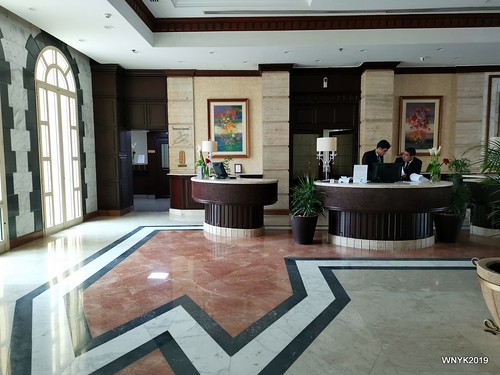
Our second day in Egypt started bright and early with breakfast at 6 AM. Pretty standard fare, with the exception of some local stuff like falafel. By 7:15 AM, we were out to mass at the Convent of the Franciscan Sisters of St. Elizabeth. The building was unmarked, with high walls, located beside a canal underneath an elevated highway. The entrance was dominated by excavators laying huge water pipes. Several Italian sisters welcomed us into the compound. A different group from India (also were staying at Movenpick) had the earlier slot, so we had to wait for them to finish. Mass was celebrated in the chapel, just enough for the forty of us. It was small, but the acoustics were great.

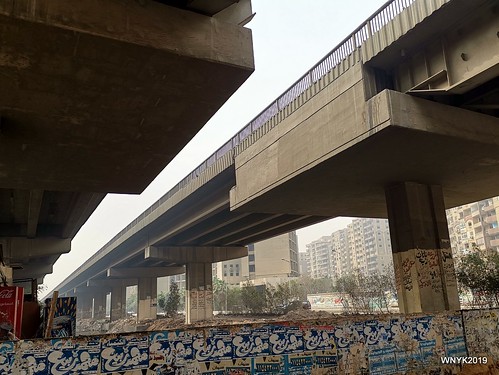

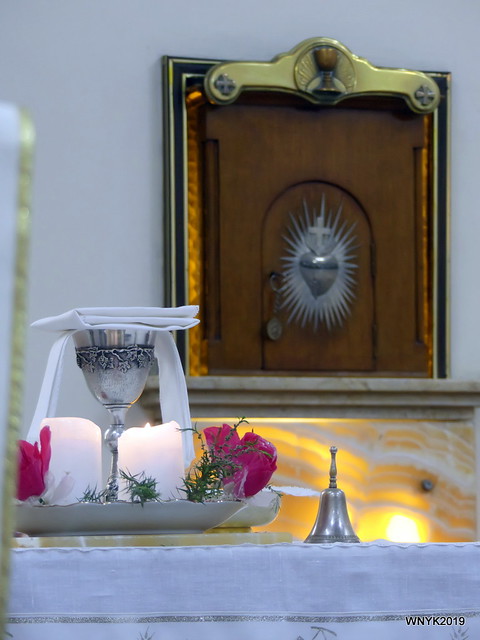
No local tour is completed without visiting some kind of factory for some tourist trap shopping. Hany brought us to Golden Eagle Crystal, a government-owned outlet for a 'crash course' on fragrances. We were ushered into a small room filled with pretty glass vials. Our salesman also spoke fluent Mandarin. He let us try several fragrances like lily, orange, sandalwood, mint, etc. Also their recreation of J'adore and a sensual oil named 1001 Nights. During the session, they served us Arabic coffee, red tea, and plum soup. Several people in our group were interested (not sure if it was bust lifting oil or the sex oil), so both parties were happy.
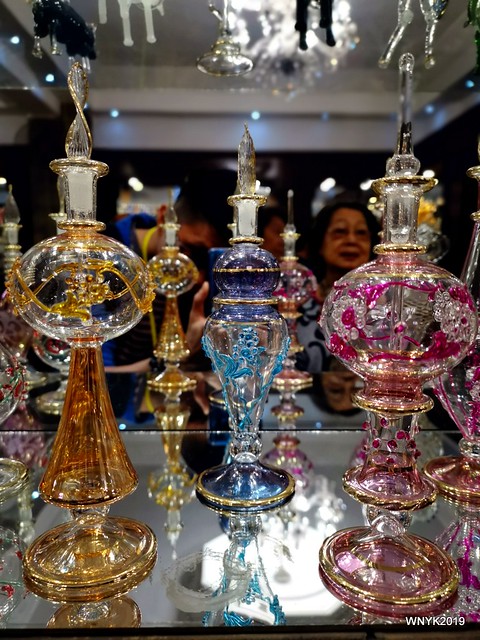
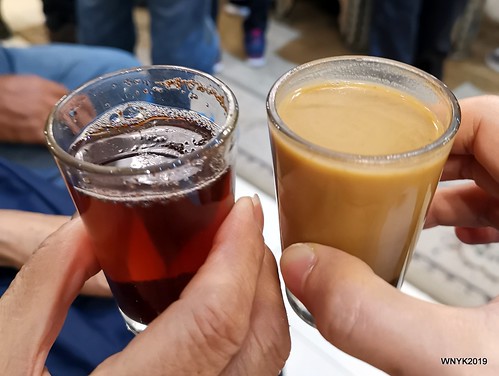
Lunch for the day was at a Chinese restaurant called Silk Road. The moment I walked in, my nose was assailed by the smell of rancid oil. Not a good sign at all. The food wasn't great. Stir-fried cabbage with cabbage. Stir-fried cauliflower with cauliflower. Stir-fried purple cabbage with purple cabbage. You should get the idea.
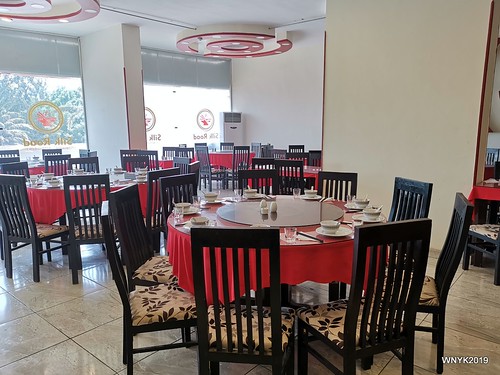
When the sun was at its zenith, we made our way to the Giza Plateau to visit the Pyramids. Like other POIs, one had to clear a security checkpoint. The first and grandest was the Great Pyramid of Giza (also known as Khufu or Cheops). At a height of 146 metres, its the largest in the whole of Egypt, and one the Seven Wonders of the Ancient World. Actually the only Wonder still intact. Our tour didn't include a visit to the internal chambers, just outside. Right off the bat, one gets hassled by souvenir vendors, and 'friendly' people who help you take photos for a fee, and camel drivers. Really quite a grand sight. We were given half an hour, but just halfway through that, many of us had fled back to the bus due to the blazing sun. While waiting for the others, we did some shopping from the comfort of our air-conditioned bus. Vendors would pass their wares up to us with Hani as our proxy. For some reason, we were more willing to buy in this arrangement.
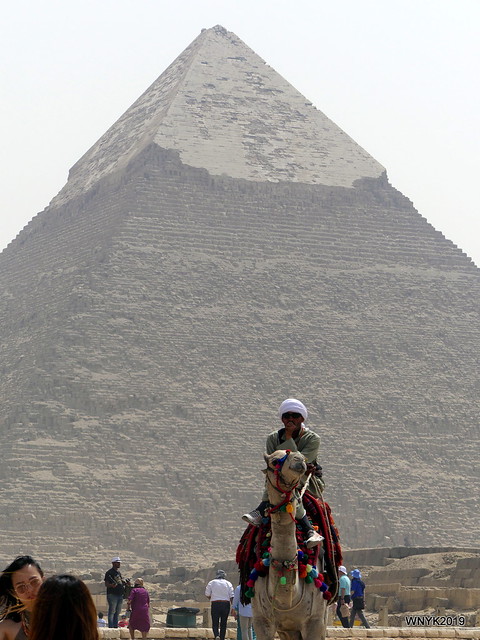
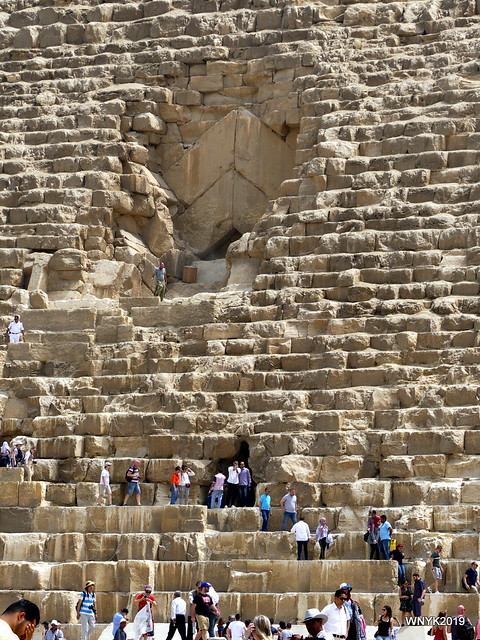
The other two lesser pyramids were a short bus ride away. Both were built by Khufu's son and grandson respectively. Both mummies had been stolen from the Egyptians and now reside in the Egyptian collections of the Louvre and British Museum.
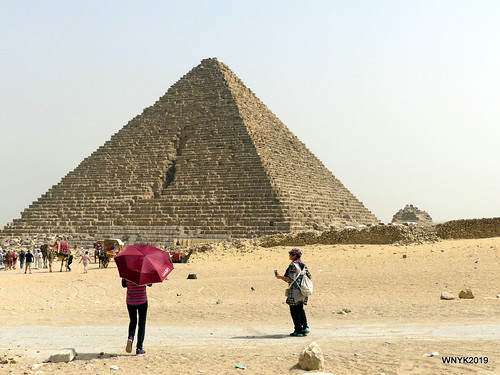
And no visit would be complete without viewing the Sphinx. Looked exactly like in my history textbook cover~ rhinoplasty gone wrong. When Moses and his people lived as slaves in Egypt they were probably building the many monuments of the pharaoh, like the pyramids.
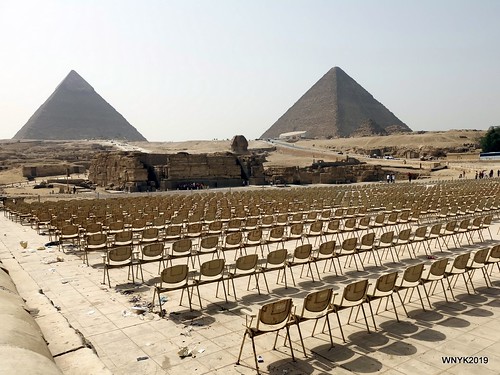
After boiling our brains at Giza, we were ushered to another branch of Golden Eagle Crystal. This time, it was papyrus paintings. The staff gave a good presentation on how papyrus parchment is made. Didn't realize that the fibers are so tough. If you want to see and touch the triangular stems of the papyrus plant, you can look for it at Taman Bukit Jalil.
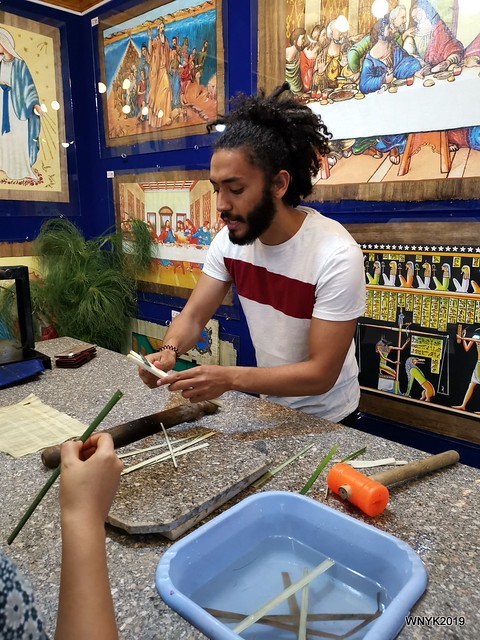
In the evening, we joined the horrendous traffic in downtown Cairo to visit Khan El-Khalili, a sprawling bazaar frequented by locals and tourists alike. The bazaar is a maze of cool, narrow streets filled with all sorts of pretty local crafts, and el cheapo made in China souvenirs. Their master craftsman work metal to make beautiful lights and trays. Kids balance long wooden racks filled with bread on their heads. Others scurry the crowded streets delivering trays of food.
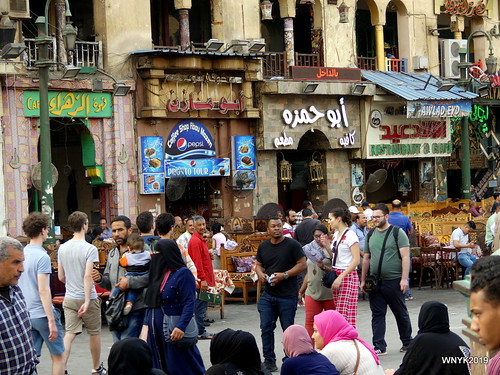
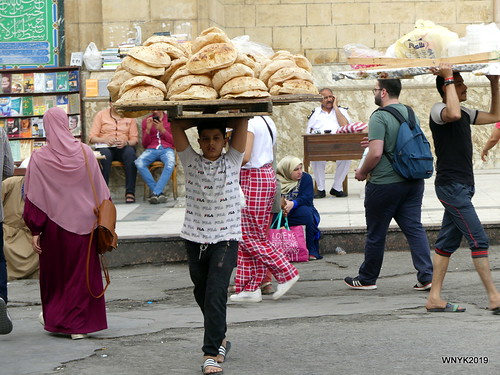
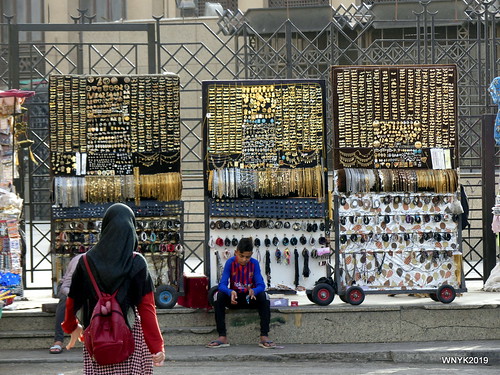
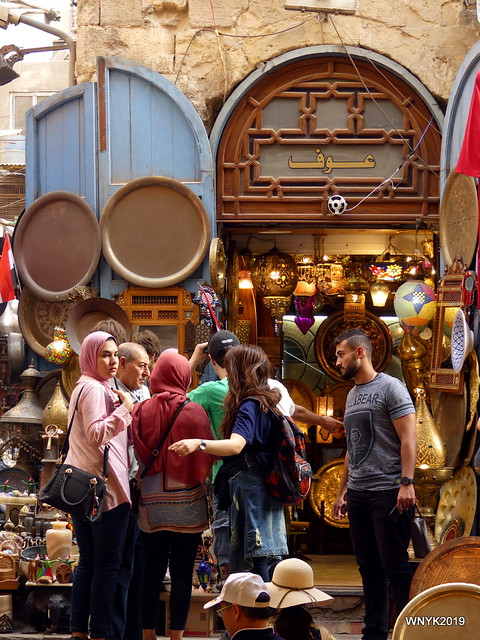
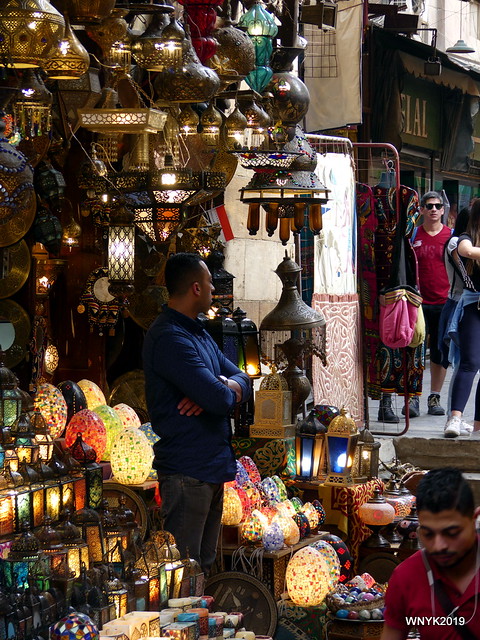
Exiting the bazaar, we joined another traffic jam. As we took the flyover our of the area, we could see how large an area the market actually covered. Its crazy.
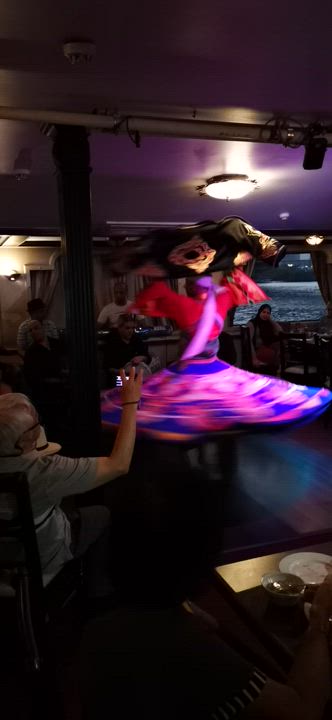
Dinner was supposedly a Nile River cruise, but like the first day, it was just a boat anchored to the riverside, and it was called Andrea. Food was quite delicious but it was a timed buffet. In half an hour they had closed the buffet line and started collecting all plates and cutlery. Opps. At least there was a Tanoura and belly dancing performance up close. There were two Tanoura performers, one tall, and the other a midget. The swirling skirt was even lined with LEDs giving a more dramatic effect. Tanoura has its origins in the Swirling Dervishes, a type of Sufi meditation. And yet it was paired with the sensual jiggling of cream-coloured bosom and hips. Much of a contradiction.
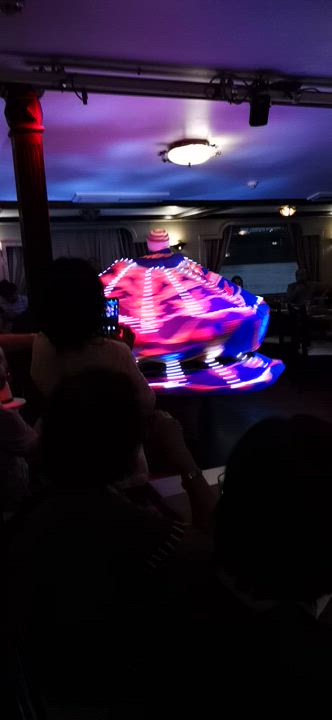
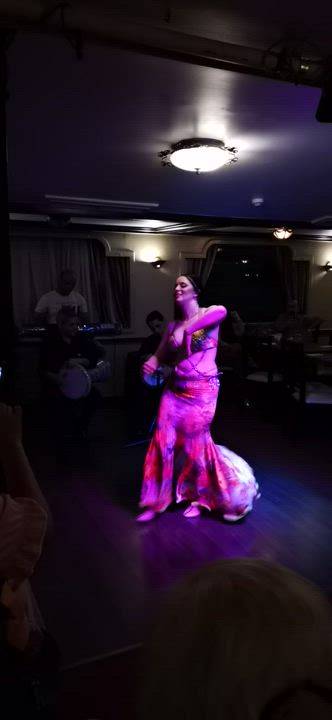



Comments